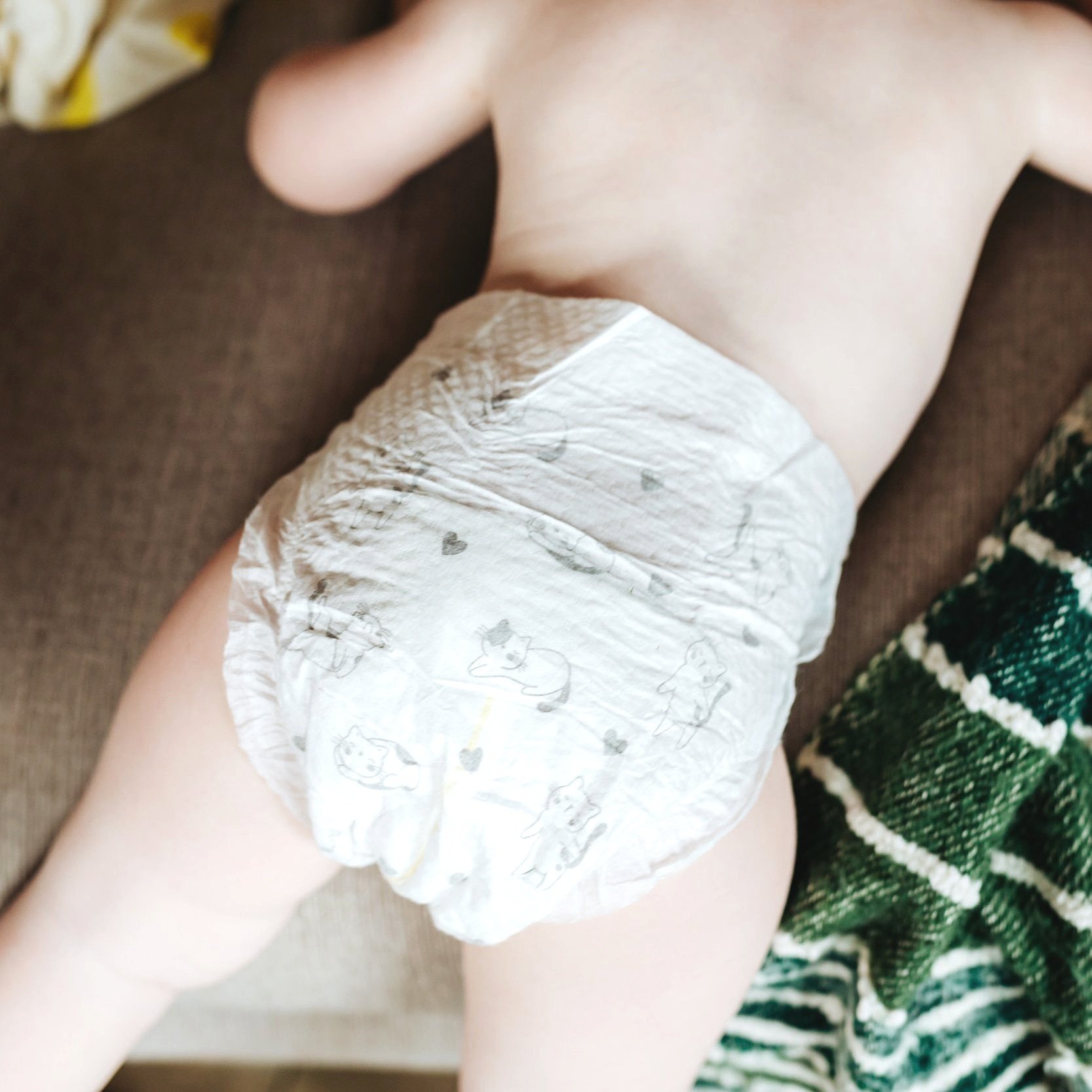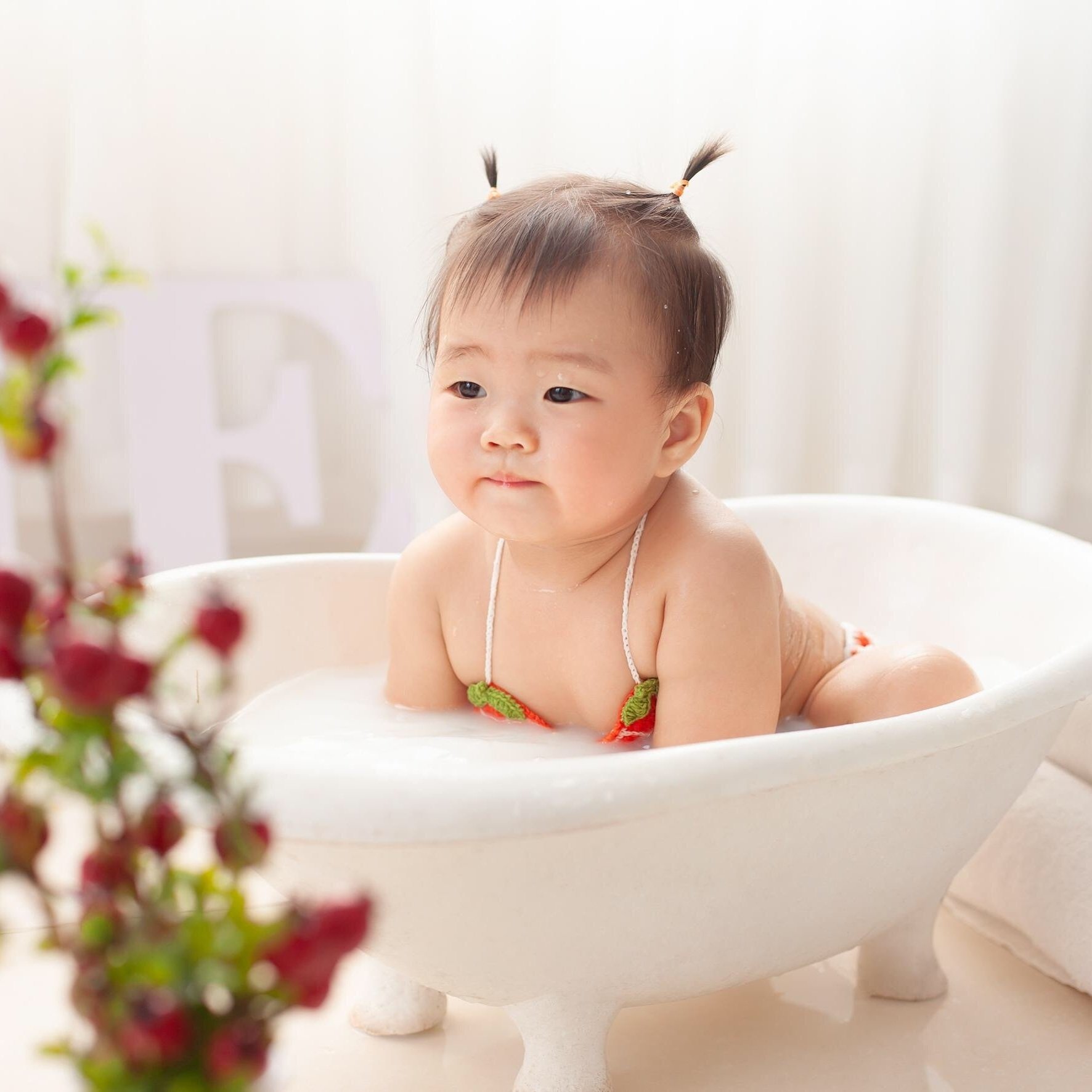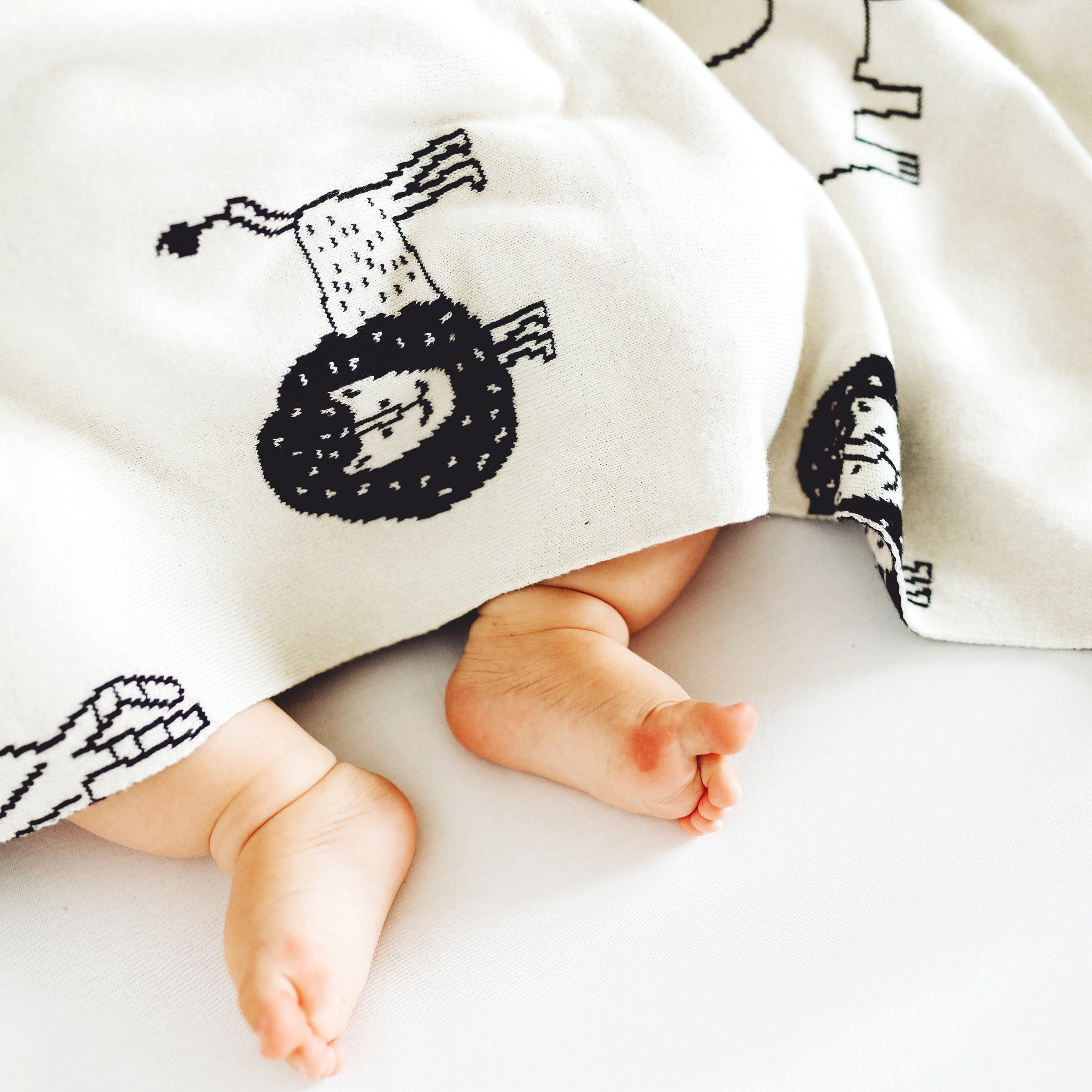Diaper rashes… Go away!
Got a fussy crying baby that does not stop despite feeding and cleaning? Check for diaper rashes!
With the summer season in full swing, when it’s getting more and more difficult to beat the heat, with all the sweating your baby may get diaper rashes.
Medically known as diaper dermatitis, diaper rash is a common skin discomfort that affects babies due to constant use of diaper. Usually babies between 7 to 18 months are most affected by diaper rash.
Symptomatically, diaper rash appear as redness on the baby’s genital area and buttocks. Although mostly it is a mild rash that can be managed with topical creams, some diaper rashes may require medical attention, such as those caused by bacterial and fungal infections.
If you are up to disposable diapers, one of the best brand that I would recommend is Huggies. They are designed for gentle skin protection, comes with a wetness indicator and has a gentle absorb liner that provides a cushiony layer of protection. Find your size here.
Some of the common reasons of the diaper rashes are:
Friction of baby’s sensitive skin with the diaper. Baby skin is soft and sensitive. Therefore, have a high probability of developing a rash rubbing against the diaper.
Sensitivity to chemicals or scents. Baby skin is often sensitive to the chemicals or scents in the diapers or laundry detergents.
You may want to try cloth diapers from Goodbuy Gear, as they are more gentle on baby skin, making them less prone to irritation. Moreover, you are doing a favor by reducing landfill waste by reusing the cloth diapers. If properly fitted, cloth diapers also prevent frequent blow-outs and doesn’t smell as bad as the disposable ones!
Factors related to diet. When your baby starts solids and more textured foods or pastes, the stool frequency and the acidity often changes. These factors might also cause diaper rash. Similarly, a breast-fed baby may also develop diaper rash due to something the mother had consumed.
Prolonged use of a wet diaper. A wet diaper, when used for a long time, can increase friction on the skin and cause inflammation, raising the risk of a bacterial or yeast infection. Diapers need to be changed regularly.
Candida and bacterial infection. Moist, damp environments are breeding grounds for fungal and bacterial infections. It is important to keep you baby’s bottoms dry, as the warm and moist region within the wet diaper can lead to such infection causing acute rash which may spread rapidly if not treated in a timely manner.
Symptoms of a typical diaper rash include:
Skin inflammation and redness in the genital area, buttocks and thighs.
There will be tendency to itch the affected area leading to tenderness.
Rashes ranging from mild tiny bumps to severe angry pimples.
General discomfort and a crying fussy baby!
Unless infected, diaper rashes are usually easily manageable with over-the-counter products
Diaper rash barrier creams: These formulations soothe the skin and improve rashes. They also prevent rashes or irritation by forming a barrier between the skin and the diaper and therefore keeping the skin dry and preventing friction.
Don’t use baby wipes. While baby wipes can clean, it does not offer protection to diaper areas. La Petite Crème® diapering lotion™ are made to replace your wet wipes, diaper ointment and diaper cream all-in-one with only 6 ingredients! USDA Organic and EWG Verified for your baby's safety.
Powders: Applying powder to the affected area, especially before putting on a diaper, helps absorb excess moisture. It also aids in reducing friction on the skin, reducing irritation.
Get Hello Bello Premium Organic Baby Powder from Pristus. Apart from being hypoallergic and Talc-free, it has no artificial fragrance and is absolutely vegan and cruelty-free!
Zinc oxide or petroleum creams and mild steroids: Usual recommendation is to rub in zinc oxide or petrolatum-based creams on the baby’s clean, dry bottom before putting on a diaper to help treat rashes. Mild steroids may need to be applied to treat severe diaper rashes. But these treatments are harmful and shouldn’t continue beyond two weeks.
When my baby had diaper rash, her pediatrician recommended Baby Smile Organic Diaper Rash Cream from Khroma Herbal Products. This product uses the anti fungal/bacterial properties of organic chamomile flowers and soothing/healing properties of other natural products. There are no artificial additives or chemicals such as zinc oxide. It is a vegan/cruelty-free product that are sold in glass bottles to preserve purity. You also get a money back guarantee if you don’t like the product
If you are okay with using non-vegan organic product then you may also choose ORGANIC DIAPER BALM from Earth Mama Organics. The only non-vegan product they use is the bee-wax, which is an inert and hypoallergic component that helps to keep your little one’s bottom free from irritation. Dermatologist tested, NO petroleum, preservatives or artificial fragrance. Chosen by hospitals for even the most fragile NICU babies.
Lifestyle changes to manage diaper rashes and provide comfort to your little one:
Maintain personal hygiene: Please do wash your hands thoroughly before and after touching the baby’s bottom, especially when they have a rash, to prevent infection or spread of infection.
You can wash your hands with these awesome organic vegan handwashes with no artificial Fragrances or Chemical Preservatives from Deep Steep or South Of France.
You may also sanitize your hands with Purell instant hand sanitizer, in case you are out with your kid and need to change her. If you prefer something more gentle for your sensitive baby, you may also try some from Zoey Naturals.
Keep a close check on the diaper: Keep an hourly check on the diaper. Replace the diaper every few hours, even if it’s not that wet. But if they are wet earlier, please change them. Change a poop-soiled diaper immediately to prevent baby-stools from causing irritations leading to rashes.
Change diaper brands: Your baby’s skin may be sensitive to chemicals or scents present in the diaper that cause persistent or recurring rashes. In such a case, switching the diaper brand, preferably selecting something free of chemicals, dyes, and fragrances, can help treat and prevent diaper rashes.
Give your baby a break from the diaper-time: It is important to allow your little-one’s skin to breathe. Set them a no-diaper time at least once a day.
Bathe the baby daily: It is recommended to give a bath to the baby once every day until the rash disappears. Use warm water for the bath and wash the area with a mild soap free of artificial fragrances. I highly recommend the baby washes which are free from chemicals and artificial fragrances, and are gentle on the baby such as these Head-to-toe wash from Zoey Naturals or Hair and Body wash from Toby Todd Bath Co.
Keep the baby’s bottom dry: Wash the baby’s diaper area after removing a diaper and pat it dry with a soft towel before putting on another diaper. Applying baby powder may also help absorb the excess moisture.
Change your laundry detergent: It is best to use mild, chemical-free detergents for washing your child’s clothes. If you are using cloth diapers, it is best to wash them using hot water and dry them under the sun.
Preventing Diaper rashes:
Don’t use baby wipes. While baby wipes can clean, it does not offer protection to diaper areas. La Petite Crème® diapering lotion™ are made to replace your wet wipes, diaper ointment and diaper cream all-in-one with only 6 ingredients! USDA Organic and EWG Verified for your baby's safety. Or,
Avoid fragrance-containing wipes: If you do need to use baby wipes to clean your baby’s poop, make sure to use Organic wipes from that are gentle on your baby’s skin. My recommendation would be the ones from Made of. Wet wipes containing alcohol or parabens (artificial fragrances) are often irritating to the skin and increase the chances of developing a rash and therefore should be avoided. You can also use a soft washcloth to clean your baby’s skin.
Use breathable fabrics: Keeping the skin dry is an important factor when treating a diaper rash. When using non-absorbing pants over the diaper, the moisture gets trapped and aggravates the rash. So, use moisture-wicking fabrics and put loose-fitting clothes on your kid to allow the skin to breathe.
Use the correct diaper size: It is important that you use the correct size of diaper as a larger diaper can cause friction on your baby’s bottom while a smaller size traps moisture and stools with contact to the skin.
Manage your infant’s diet: Feeding your child with something they can’t digest can affect their stools. A hard stool increases the chances of rashes by causing friction.
Possible complications:
While diaper rashes are a mild discomforting problem, they can cause severe problems if not taken care of, such as severe infection by bacteria or fungi. During such conditions, is recommended to consult a doctor if:
The rash worsens or doesn’t improve on it’s own despite treatment or the recommended lifestyle and dietary modifications.
Rashes spread in other areas such as the face, arms, and scalp.
Your child has a high fever.
You notice signs of infections such as lesions, pus, inflammation, or hardness or if there are open bruises/sores or bleeding in the affected area.
Don’t worry mama:
A large percentage of infants and toddlers are affected by diaper rash, often more than once. However, diaper rashes can be easily prevented or managed by keeping the baby’s skin clean and dry at all times.




